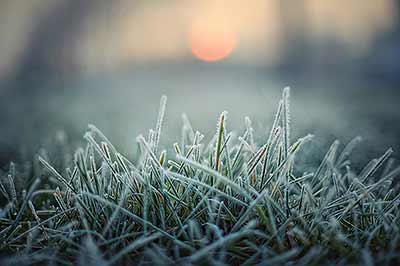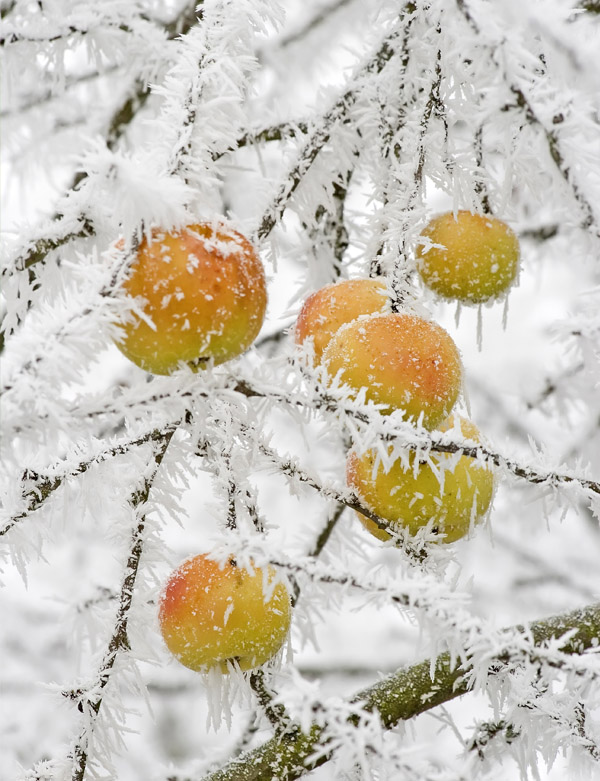What is Frost Point?
Frost point is a temperature that is below 32° F (0° C), at which moisture in the air will condense as a layer of frost on exposed surfaces that are also at a temperature below the frost point. Frost point is comparable to the dew point, the temperature at which water condenses in liquid form; both the frost point and the dew point rely on environmental data, including the relative humidity and ambient air temperature.
Why do I care? Frost point is measured to protect plants and crops from frost and freeze damage.

Freeze Watch vs Warning and Frost Advisory per NWS:
- Hard Freeze Warning: Take Action! NWS issues a hard freeze warning when temperatures are expected to drop below 28°F for an extended period of time, killing most types of commercial crops and residential plants.
- Freeze Warning: Take Action! When temperatures are forecasted to go below 32°F for a long period of time, NWS issues a freeze warning. This temperature threshold kills some types of commercial crops and residential plants.
- Freeze Watch: Be Prepared: NWS issues a freeze watch when there is a potential for significant, widespread freezing temperatures within the next 24-36 hours. A freeze watch is issued in the autumn until the end of the growing season and in the spring at the start of the growing season.
- Frost Advisory: Be Aware: A frost advisory means areas of frost are expected or occurring, posing a threat to sensitive vegetation.

See tips and information from the Old Farmer's Almanac to keep your plants safe from frost and freeze. The most common way to protect your plants is to cover them when temperatures are forecast to drop below 32 degrees Fahrenheit. Although Today's Homeowner shows many more options and best practices for specific plants and crops.





